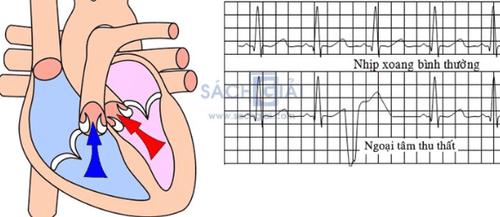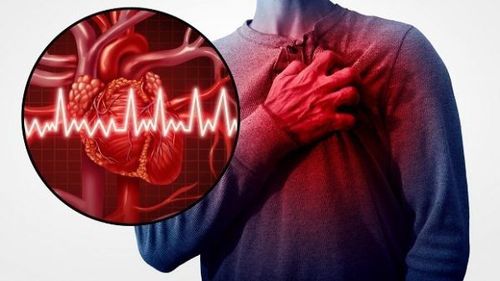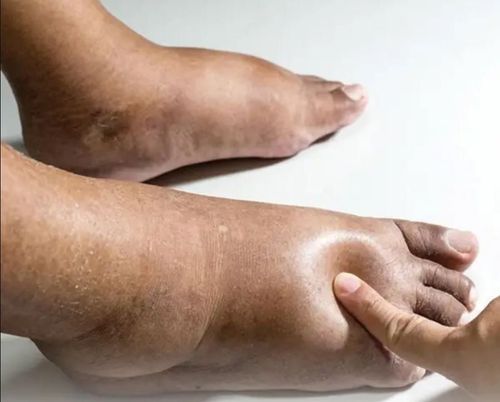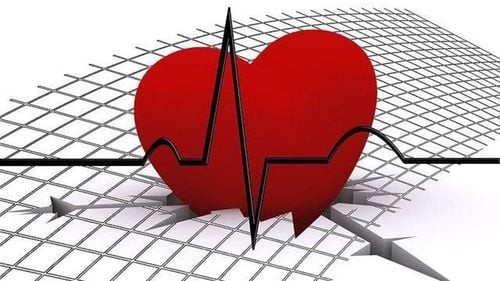This is an automatically translated article.
Hemodynamic roles in single-ventricular pacing, atrioventricular synchronous pacing, rate-responsive pacing, and hemodynamics in 3-chamber pacing for heart failure1. What is hemodynamics?
Hemodynamics is the scientific study of blood flow with physiological as well as pathological quantities in the circulatory system. Specifically:Cardiac output: Amount of blood pumped by the heart in 1 minute (l/min) For cardiac index: Cardiac output / Area of the body (l/min/m2) Heart rate and stroke volume : Cardiac output will be equal to heart rate X stroke volume. Factors that affect stroke volume are preload, myocardial contractility, and afterload.

Huyết động học là khoa học nghiên cứu về các dòng chảy của máu với các đại lượng sinh lý
2. Important hemodynamic parameters
Hemodynamics plays an important role in cardiovascular resuscitation. The important hemodynamic parameters in cardiovascular resuscitation are as follows:Hemodynamics in single-ventricular pacing: Hemodynamics plays a role in single-chamber pacing such as changes before - after pacing, variable hemodynamic changes according to pacing frequency. However, there are also hemodynamic limitations that are single-ventricular pacing without the contribution of atrial systole, which reduces end-diastolic systolic volume, thereby limiting or reducing SV and CO. It also causes pacemaker syndrome.
Hemodynamics in atrioventricular synchronous pacing: Atrial systole contributes 30-35% of left ventricular end-diastolic blood volume leading to increased SV and CO. Simultaneously maintaining atrial-collector synchrony as the best preload maintenance, CO increase 20% compared with VVI pacing and prevention of hemodynamic increase in venous pressure, atrial pacing compared with same rate ventricular pacing number. Hemodynamic index in rate-responsive pacing: For this index, only AAI, DDD, and VVI pacing modalities with impaired sinus node function should be responded to. Hemodynamics in 3-chamber pacing for heart failure treatment: There is a role in resynchronizing heart failure treatment. This is the use of TNT (3-chamber) machine for atrioventricular resynchronization and biventricular resynchronization due to prolonged atrioventricular conduction or loss of contractility between the two ventricles due to bundle branch block, which improves the condition of the patient. hemodynamic status in patients with severe ST through increased ventricular filling, increased contractility, increased CO, CI, and increased SV.

Huyết động học có vai trò quan trọng trong hồi sức tim mạch
Please dial HOTLINE for more information or register for an appointment HERE. Download MyVinmec app to make appointments faster and to manage your bookings easily.













